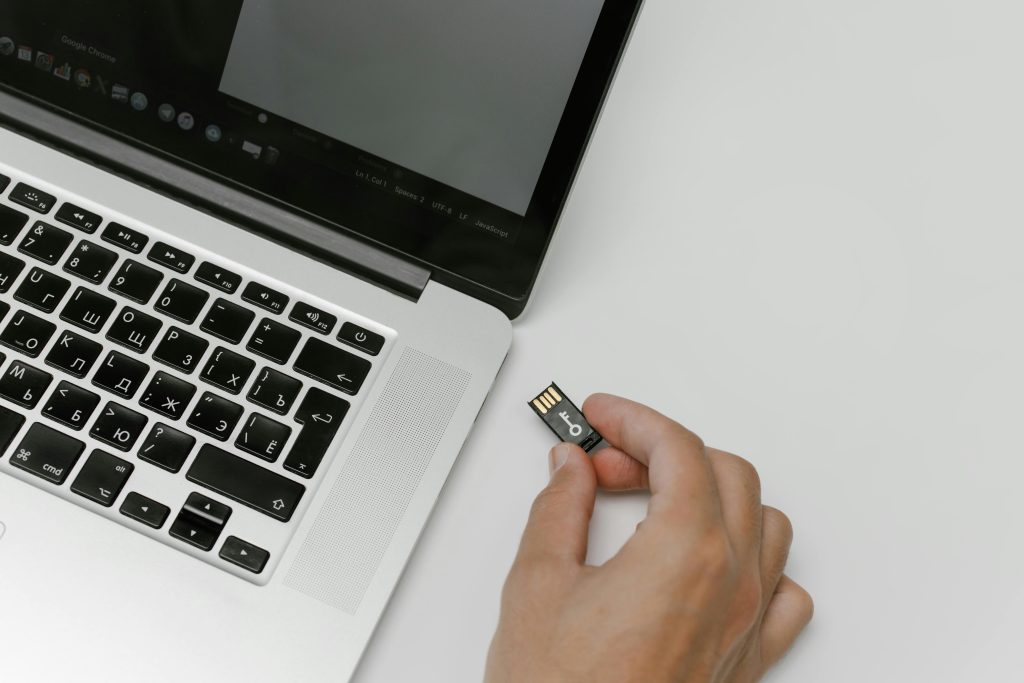Troubleshooting WD Elements: Access Issues and Drive Recognition Problems
Hello, tech enthusiasts! Today, I’m diving into a common issue that many users face with external hard drives, specifically the WD Elements series. If you’re experiencing trouble accessing your drive, you’re not alone. Here’s a real-world scenario that exemplifies these challenges and some steps to diagnose and potentially resolve the problem.
The Problem at Hand
Recently, a user reported an issue with their WD Elements external hard drive, which boasts a capacity of 1.5 TB. Although the drive is relatively old and has been seldom used, it was well-preserved until a moment of curiosity led to an unfortunate hiccup. Upon connecting the drive to a Windows 10 system to revisit some cherished memories, the user noticed a peculiar folder titled something like “.byju.” In a bid to declutter, they deleted the folder, only to find that their drive was now inaccessible.
While the system recognized the drive and assigned a letter to it, any attempt to access its contents resulted in a frustrating cycle of spinning activity and the eventual crash of File Explorer. Even the Windows Disk Management tool became unresponsive until the drive was unplugged. This led to the concern that crucial data, perhaps needed for the drive’s functionality, had been inadvertently deleted.
Potential Solutions
If you find yourself in a similar situation, do not panic. Here are some steps to troubleshoot and possibly recover your WD Elements drive:
1. Check the Connections
Sometimes the simplest solutions are the most effective. Ensure that the USB cable is securely connected, and consider trying a different cable or USB port to rule out any connectivity issues.
2. Use a Different Computer
To determine whether the issue is with the drive or your current computer, try connecting the external hard drive to another machine. This can help pinpoint where the problem lies.
3. Run Disk Check
If the drive is recognized on another computer, attempt to run the built-in Windows Disk Check utility. This can be done by right-clicking the drive in File Explorer, selecting ‘Properties,’ navigating to the ‘Tools’ tab, and clicking ‘Check.’
4. Data Recovery Software
In cases where the drive appears but is not accessible, you may want to consider using data recovery software. Programs like Recuva or EaseUS Data Recovery Wizard can scan the drive and retrieve lost files, assuming the data isn’t significantly overwritten.
5. Seek Professional Help
Share this content:




Thank you for sharing your detailed experience with the WD Elements drive. Based on your description, it sounds like the drive may have encountered data corruption or partition issues after the deletion of the “.byju.” folder. Here are some additional steps you can try: